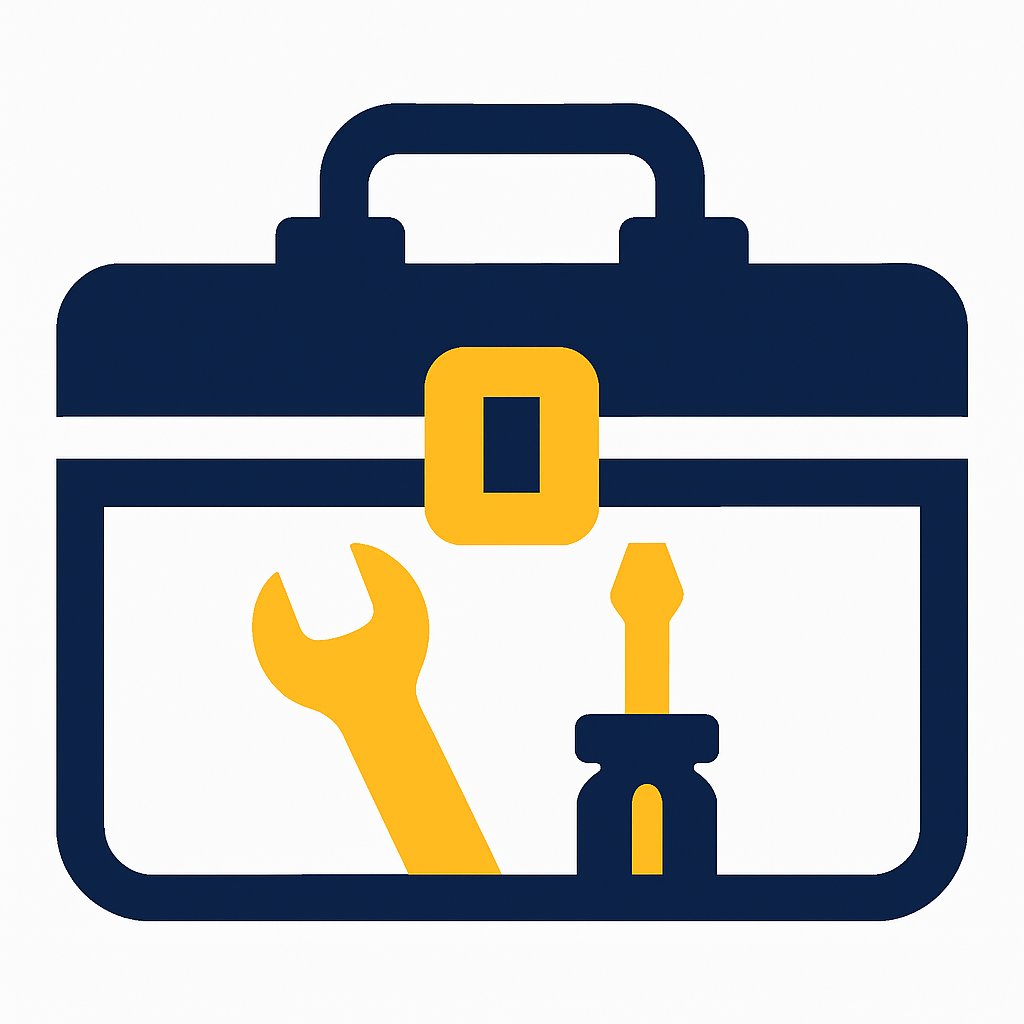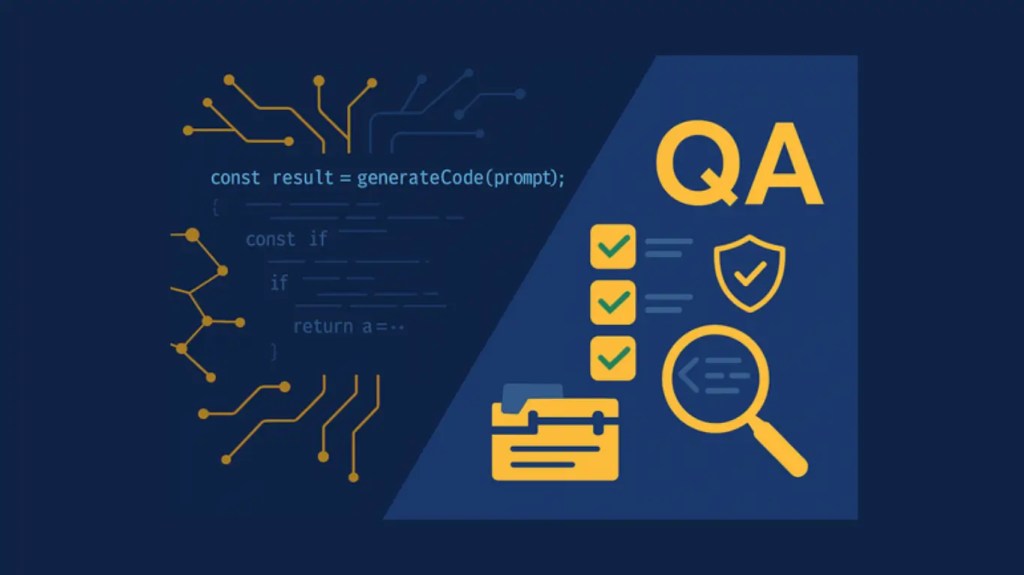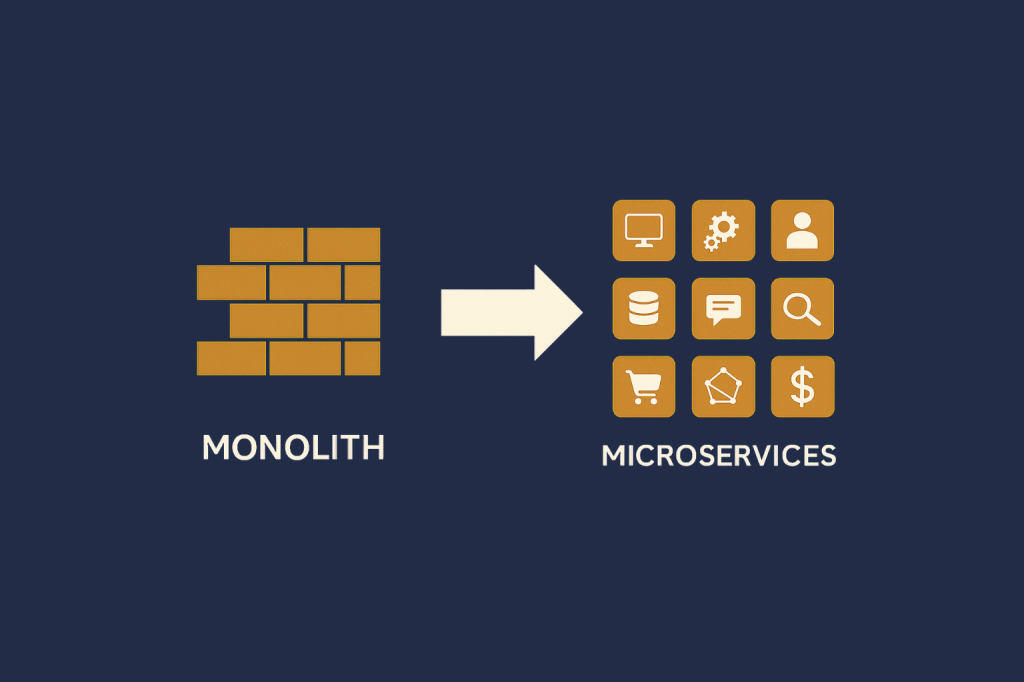Not long ago, a release cycle felt almost ceremonial: engineers merged code, QA built a test plan, and everyone held their breath until production stabilized. Predictable—if plodding. Then large-language-model assistants showed up, and the conveyor belt sprung from turtle to cheetah. Copilot, CodeWhisperer, and a swarm of niche tools now draft working code before you finish topping off your mug.
Velocity is up—so is unease. Machines can stitch together thousands of lines faster than humans can skim a diff, letting subtle bugs, hidden biases, and oddball edge cases slip through. Classic QA wasn’t built for probabilistic code that morphs every time you nudge a prompt. Teams everywhere are asking the same thing: how do we guarantee quality when we don’t control every keystroke?
A quick snapshot makes the contrast hard to ignore:
 Traditional Test Plans Miss What’s Coming
Traditional Test Plans Miss What’s Coming
Legacy testing assumes the code behaves the same every time—input A, expect output B. AI-assisted code makes that assumption shaky. Today you get B, tomorrow B-prime, and occasionally something shaped like C when the model swaps in a “similar enough” library. Static analysis whines about style but misses prompt leakage. Manual regression? Always a sprint behind because humans still eat, sleep, and commute.
Meanwhile, regulators don’t care how fast you ship; they care whether an algorithm discriminates, leaks PII, or leaves a convenient back door for attackers.
 What “Quality” Actually Means Now
What “Quality” Actually Means Now
A green build badge alone doesn’t cut it anymore. Four pillars matter most, and the table below shows the shift.
With that lens in place, tooling choices start to feel urgent.
 A Modern QA Toolbox That Keeps Up
A Modern QA Toolbox That Keeps Up
Start QA at the beginning
QA shouldn’t wait until the end of the sprint. Get it involved early—in prompt reviews, pair programming, and system design conversations—so potential issues are caught before they become code.
Let AI write the tests too
Tools like Diffblue and CodiumAI can automatically generate unit tests, speeding up coverage and giving your team more time to focus on edge cases and complex scenarios.
Run nonstop stress tests
Set up bots to constantly test your code by throwing strange inputs and small errors at it. If your system holds up under that pressure, it’s more likely to handle the real world.
Use smarter security tools
Modern security scanners now catch issues specific to AI-generated code—like prompt injection risks—just like traditional tools catch outdated dependencies.
Build with visibility and rollback in mind
Even with the best prep, something weird might slip through. That’s why live monitoring, feature flags, and fast rollback options are essential. When problems pop up, users never have to see them.
None of this leans on a hero tester clicking through a UI at 2 a.m. The real work is curating prompts, reading model behavior, setting guardrails, and letting automation shoulder the drudge.
👋 Ready to bring AI-era QA into your pipeline?
Connect with Curotec—together we’ll raise quality standards and keep your releases running smoothly!
Trusted by tech leaders at:



 Stories From the Front Lines
Stories From the Front Lines
Here’s what AI-ready QA looks like in the real world—three quick wins from teams already running it in production:
Goldman Sachs
Automated test-writing flipped a dusty, high-risk codebase into a confidently maintained asset. By running Diffblue Cover on a legacy module, engineers doubled unit-test coverage—36 % to 72 % in under 24 hours—work that would’ve taken weeks by hand and finally unblocked long-stalled refactors.
NBCUniversal
Release timelines no longer hinge on marathon regression suites. The TV group parallelized 1,000 tests across IBM UrbanCode and Skytap, shrinking full regression cycles from six–eight weeks to about three hours. Even Black-Friday-level traffic now feels routine, freeing teams to ship features without holding their breath.
Microsoft / GitHub
Pairing developers with Copilot didn’t just speed coding; it boosted correctness. In a randomized trial of 202 seasoned engineers, those using Copilot were 53 % more likely to pass every unit test for an identical API task, proving that AI assistance can raise the baseline for quality as well as velocity.
Different industries, same takeaway: modern QA isn’t a cost center—it’s insurance against front-page disasters and midnight fire drills.
Getting From Here to There
Start small. Map where AI already touches your pipeline. Pilot autonomous test generation on a low-risk service and track coverage deltas. Bake governance into prompt PRs, require provenance comments, and schedule model tuning like you schedule patch windows. Iterate, reflect, repeat—quality at AI speed is a series of tight feedback loops, not a single heroic leap.
You don’t have to wrestle this alone. Curotec helps engineering teams modernise QA pipelines so AI-generated code ships fast and safe. Ready to sleep soundly before the next release? Let’s talk.









